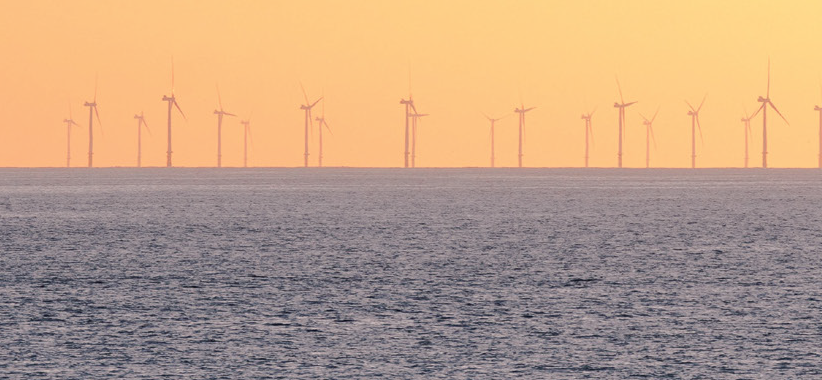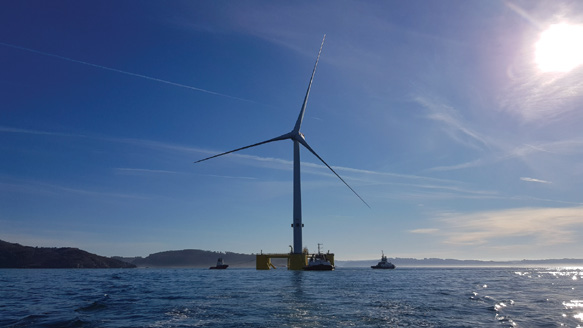What is offshore wind energy?
Offshore wind energy involves generating electricity from wind turbines in the ocean. These turbines capture wind energy and convert it into electricity, which is then transmitted to the shore via cables under the seabed.
Offshore wind energy has been used around the world since 1991 and increases globally year on year.
How does offshore wind work?
Offshore wind turbines operate similarly to onshore wind turbines by using blades to capture wind energy. The kinetic energy from the wind turns the blades, which drives a generator to provide electricity. This electricity travels through the subsea cables to an offshore substation, where a transformer steps up the voltage. High voltage undersea cables then transmit the electricity to an onshore substation, where a transformer adjusts the voltage again so that it can be connected into existing transmission infrastructure to power homes, industry and businesses.1
2 End of lifespan: https://www.dcceew.gov.au/energy/renewable/offshore-wind/offshore-wind-facts
https://windexchange.energy.gov/end-of-service-guide
3 https://windexchange.energy.gov/end-of-service-guide
4 OIR https://www.oir.gov.au/news-and-community/faqs
5 https://us.orsted.com/renewable-energy-solutions/offshore-wind/seven-facts-about-offshore-wind
Is offshore wind a new technology?
Offshore wind is not a new technology globally; however, its deployment in Australia is new. The first offshore wind farm was established in Denmark in 1991. Offshore wind energy is well-established in countries including the UK and China, where it has been in operation for decades and is now among the most economical forms of electricity.2 Globally, offshore wind is a proven and competitive technology, with significant developments in Europe, the US and Asia-Pacific region, including Taiwan, Vietnam, and South Korea.3
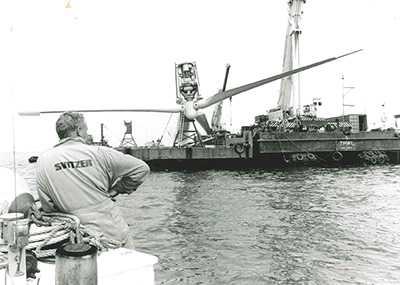
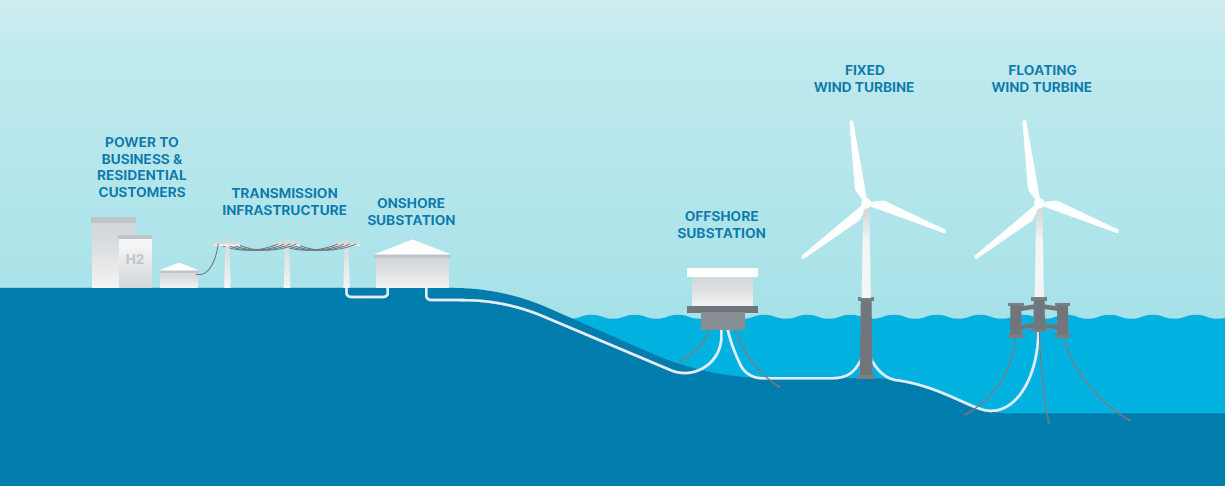
Source: Offshore Infrastructure Regulator – The Offshore Wind Energy Generation Process4
1 Frequently asked questions - University of Wollongong – UOW
2 UK: https://www.climatecouncil.org.au/resources/offshore-wind-fact-sheet/ and China: China’s Offshore Wind Power Prices to Undercut Coal This Year - Bloomberg
3 Offshore wind globally: https://www.nopsema.gov.au/sites/default/files/2021-11/Offshore%20wind%20energy%20brochure_0.pdf
4 https://www.oir.gov.au/sites/default/files/Offshore%20Wind%20Energy%20Brochure.pdf
Why is offshore wind important for Australia?
Offshore wind is important for Australia as it can provide a significant source of clean, renewable energy, helping to reduce greenhouse gas emissions and combat climate change. It also provides reliable energy supply, especially during periods when solar and onshore wind are less effective. Additionally, developing offshore wind can create thousands of jobs and stimulate economic growth, particularly in coastal regions.
How does offshore wind complement onshore renewable energy?
Offshore wind farms have higher energy generation capacity, primarily due to stronger and more consistent wind speeds at sea, meaning they can generate more energy consistently throughout the day. There is also nothing to stop and slow the wind out at sea, such as mountains or buildings. This utilisation of offshore wind helps with energy diversification by balancing the variability of onshore wind and solar power and providing a more stable energy supply, particularly when production is low, thereby enhancing the overall resilience of the energy grid.
How much is known about the underwater cables required for offshore wind turbines?
Subsea cables have been used in Australia for more than 150 years, with the first subsea cable used in 1859.5 These cables are crucial for transmitting electricity from offshore wind farms to the onshore grid. Australia’s established experience with subsea cables, such as the Basslink interconnector between Tasmania and Victoria, demonstrates its capability in this area.6
Offshore ocean winds are strong and consistent, enabling turbines located at sea to generate more power and boost electricity levels when the grid needs it most.
Are subsea transmission cables safe for marine fauna and other ocean users (e.g. trawl fishers)?
Subsea transmission cables are generally safe for marine fauna and other ocean users, including trawl fishers. Studies show that electromagnetic fields from these cables do not significantly affect marine life, and the cables are often buried to prevent damage from fishing gear.7
Where in Australia will offshore wind be located?
Six locations8 have been identified and declared by the Federal Government as suitable for offshore wind projects. These areas are:
- Gippsland, Victoria
- Hunter, NSW
- Southern Ocean, Victoria
- Illawarra, NSW
- Bass Strait, Tasmania
- Indian Ocean off Bunbury, Western Australia.
These areas were selected because they have strong, consistent winds, are near high electricity demand, and have existing electricity transmission and transport infrastructure.
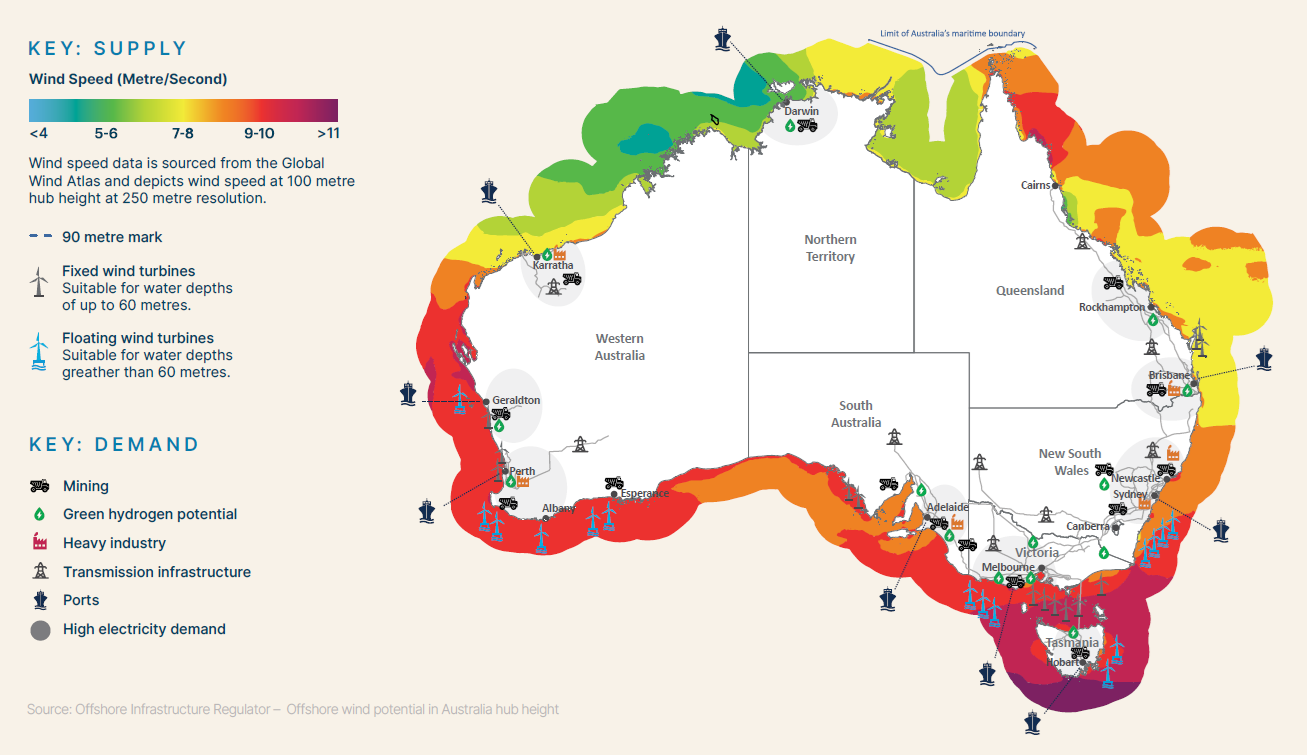
What are fixed and floating foundations in offshore wind?
There are two main foundations used to anchor offshore wind turbines. Most offshore wind turbines use a ‘fixed-bottom’ foundation, which means the foundations are anchored directly to the seabed and are suitable for shallow waters.
Fixed-bottom foundation turbines are currently limited to water depths of up to 60 metres; however, it is expected in the coming decade this will increase as installation technology develops. There are variations on the kinds of structures that are fixed to the seabed, utilising advanced technology that has been used for more than three decades.9
Floating foundations, on the other hand, are used in deeper waters, ideally suited in water depths beyond 60 metres.10 They comprise of turbines mounted on floating platforms, which are anchored to the seabed with mooring lines,11 with various types of floating foundations and
mooring-type combinations dependant on location and ocean depths.
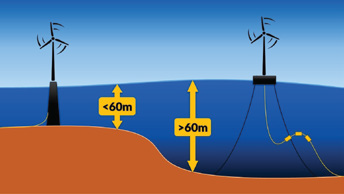
What impact can offshore wind have on local economies?
Offshore wind projects can create thousands of jobs and bring significant investment to local economies. For example, a 2-gigawatt offshore wind farm has the potential to create 6,000 jobs, invest billions in a region’s economy and power around 1.2 million homes.12
A direct example of this is the Hornsea wind farm off the coast of Grimsby, UK, which has significantly revitalised the local economy. The town has become a hub for offshore wind operations, attracting substantial investments and creating numerous jobs.13 Ørsted, Hornsea’s offshore wind developer, has invested over £9.5 billion in infrastructure and assets in Grimsby, with plans for an additional £14 billion.14
The sector has also spurred growth in local businesses, from supply chain companies to service providers like hotels and restaurants. Grimsby is now recognised as a leader in offshore wind technology, contributing to the UK’s renewable energy goals.
9 BECRC_OWE-in-Aus-Project-Report_P.3.20.007_V2_e190721.pdf
10 Floating Foundations: A Game Changer for Offshore Wind Power
11 Floating Foundation for Offshore Wind Turbines: A Game-Changer in Renewable Energy
12 Star of the South: https://www.starofthesouth.com.au/project-overview
13 Growing_the_UKs_coastal_economy.pdf
14 Ørsted celebrates 10 years of offshore wind in the Humber
15 Making eco-sustainable floating offshore wind farms: Siting, mitigations, and compensations - ScienceDirect
16 Southern Ocean region off Victoria, declared offshore wind area - DCCEEW
17 Wind turbine visualisations
18 Hunter region declared suitable for offshore wind - DCCEEW
19 Indian Ocean off the Bunbury region, Western Australia declared offshore wind area - DCCEEW
20 Illawarra, NSW declared offshore wind area - DCCEEW
21 Bass Strait, Northern Tasmania proposed offshore wind area - DCCEEW
What are the environmental considerations for offshore wind?
Environmental considerations for offshore wind in Australia include potential impacts on marine ecosystems, such as disturbances to seabed habitats and marine life during construction, operation and decommissioning. Noise pollution from turbine installation and operation could also impact marine mammals and fish. Additionally, there are concerns about the visual impact on coastal landscapes and potential conflicts with other marine users, such as fishing and shipping. To address these issues, projects must undergo rigorous environmental impact assessments and consultation processes.
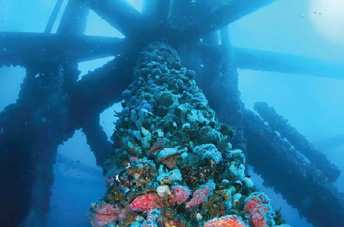
Community benefits of offshore wind turbines
Offshore wind projects present opportunities for a just transition for workers located near offshore wind zones including those transitioning from fossil fuel industries. It also provides benefits for coastal communities and local maritime industries and will spark broader regional economic development.
A scaled offshore wind industry of 20 gigawatts could deliver close to 4,000 jobs during project construction and has the potential to deliver up to 7,500 ongoing operations and maintenance roles. In addition, by engaging local businesses and maritime services, an additional 3,500 indirect jobs annually would also be delivered around the country, further stimulating regional economies.
Top 5 offshore wind facts
Offshore ocean winds are strong and consistent
complementing onshore renewable resources and diversifying Australia's energy mix
Australia has world class offshore wind resources
with wind speeds and ocean depths comparable to Europe's most advanced offshore wind areas
Renewable energy, such as offshore wind, is the most effective tool to protect our marine life from the effects of climate change
The Australian offshore wind industry is already underway
with 25 gigawatts of feasibility licences awarded across 12 projects in the Gippsland offshore wind area, enough to power 13.5 million Australian homes for a year
Offshore wind energy will generate electricity close to where it’s needed
87% of Australians live within 50km of the ocean, requiring less new transmission to be built
